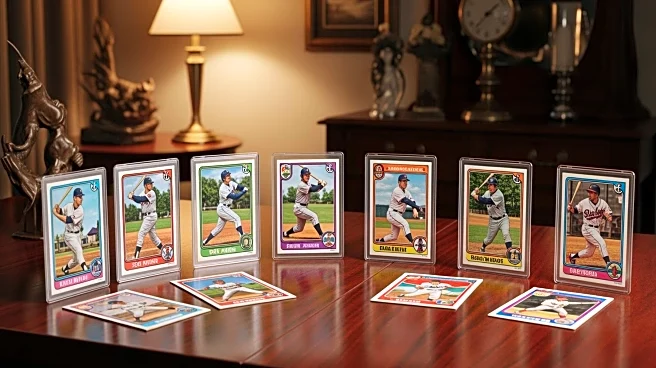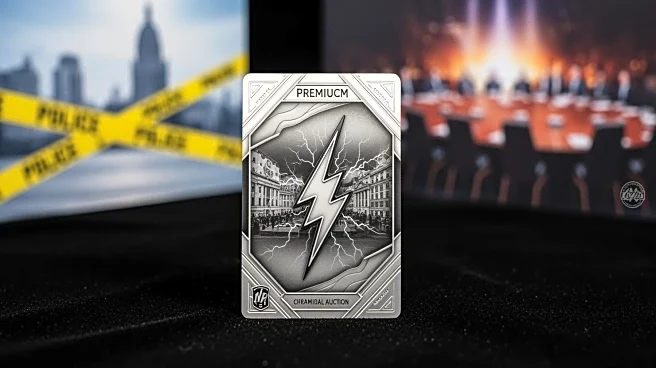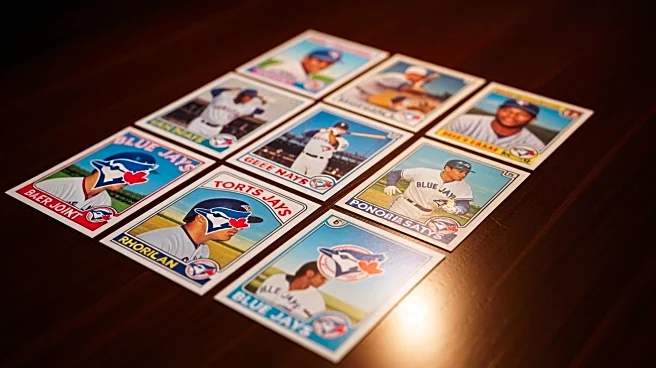What's Happening?
The debate between eye appeal and grading in the vintage baseball card market is gaining renewed attention. Collectors are increasingly valuing the visual quality of cards, known as 'eye appeal,' over the technical grades assigned by companies like PSA,
SGC, or BGS. Eye appeal focuses on the aesthetic aspects such as centering, image focus, and color vibrancy. This shift is highlighted by the growing sentiment among collectors to 'buy the card, not the holder,' emphasizing personal judgment over numerical grades. Eye Appeal Inc., a service that aids collectors in evaluating the visual quality of cards, supports this trend by providing tools to compare cards beyond their grades.
Why It's Important?
This shift in focus from grading to eye appeal could significantly impact the vintage card market. As collectors prioritize visual quality, the market may see a change in how cards are valued, potentially affecting prices and demand. High-grade cards may not always command the highest prices if they lack visual appeal, altering investment strategies for collectors. This trend also reflects a broader movement towards personal judgment and aesthetic appreciation in collecting, which could influence other collectible markets. Collectors who adapt to this trend may find new opportunities in acquiring visually appealing cards at lower grades and prices.
What's Next?
As the trend towards valuing eye appeal continues, collectors and investors may need to adjust their strategies. Grading companies might also respond by incorporating more subjective elements into their evaluations. The market could see an increase in services like Eye Appeal Inc. that assist collectors in making informed decisions based on visual quality. Additionally, educational resources and platforms may emerge to help collectors develop a keen eye for evaluating cards. This evolution in the market could lead to a more diverse range of collectible cards being appreciated and traded.
Beyond the Headlines
The emphasis on eye appeal over grading raises questions about the subjective nature of value in collectibles. It challenges the traditional reliance on numerical grades and highlights the importance of personal taste and judgment. This shift could democratize the market, allowing more collectors to participate by focusing on what they find visually appealing rather than what is deemed valuable by grading standards. It also underscores the cultural and emotional aspects of collecting, where the joy of owning a piece of history is as important as its market value.













